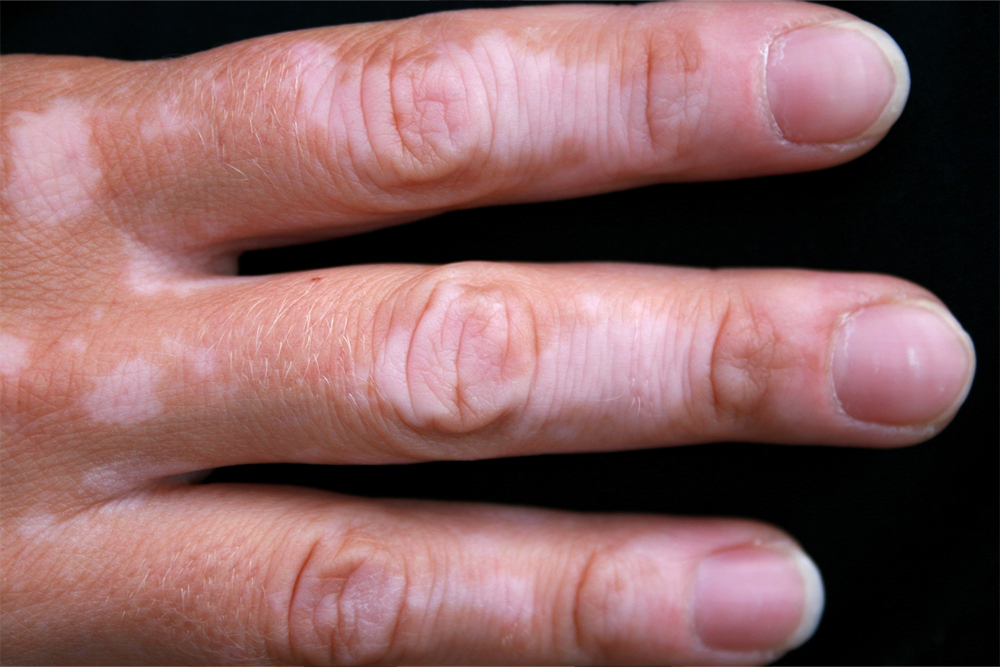
Health
4 management options for vitiligo
Vitiligo is a long-term disorder that causes the skin to lose its pigment or color. This occurs when the immune system mistakenly targets melanocytes—cells that are responsible for producing melanin, the chemical that gives color to one’s skin and hair. When vitiligo affects the melanocytes, the skin turns white or appears lighter. While there is no permanent cure, certain treatments and remedies can help one manage vitiligo symptoms and slow down the condition’s progress. Vitiligo treatment options One can manage the symptoms of vitiligo through various methods, such as phototherapy, surgical intervention, and emotional support. A health expert will help one determine the most effective management option by evaluating several factors, such as the patient’s age, the severity of the condition, the pace of its progression, and the extent of skin affected. Each treatment aims to restore a uniform skin tone through repigmentation (restoring color) or depigmentation (removing the remaining color) of the skin. 1. Light therapy This is a type of phototherapy that helps restore the skin’s color. For this treatment, a healthcare professional like a dermatologist uses ultraviolet B (UVB) lights, light boxes, or medical-grade lasers. Using any of these, the skin is exposed to high-intensity light for a short period.





